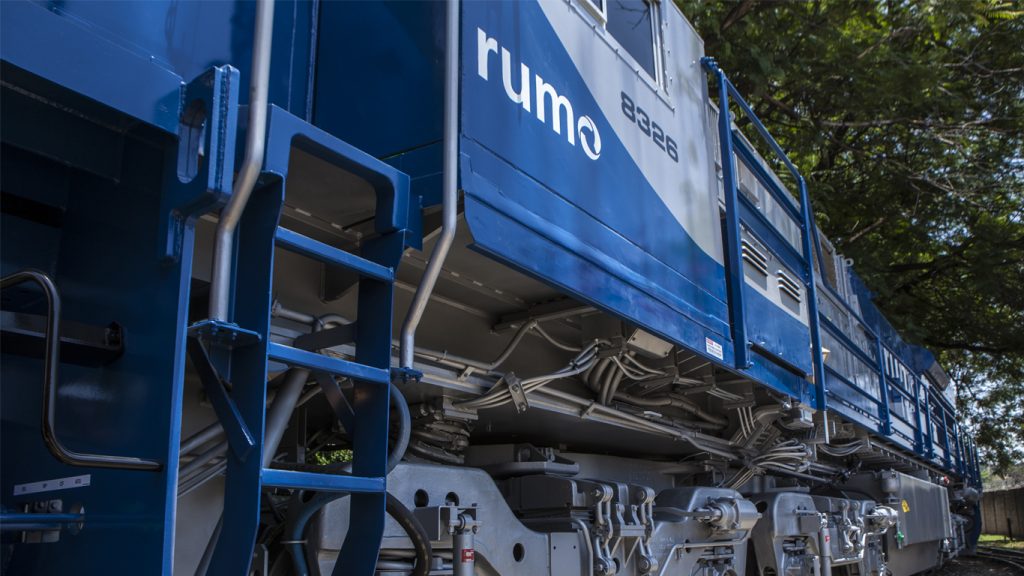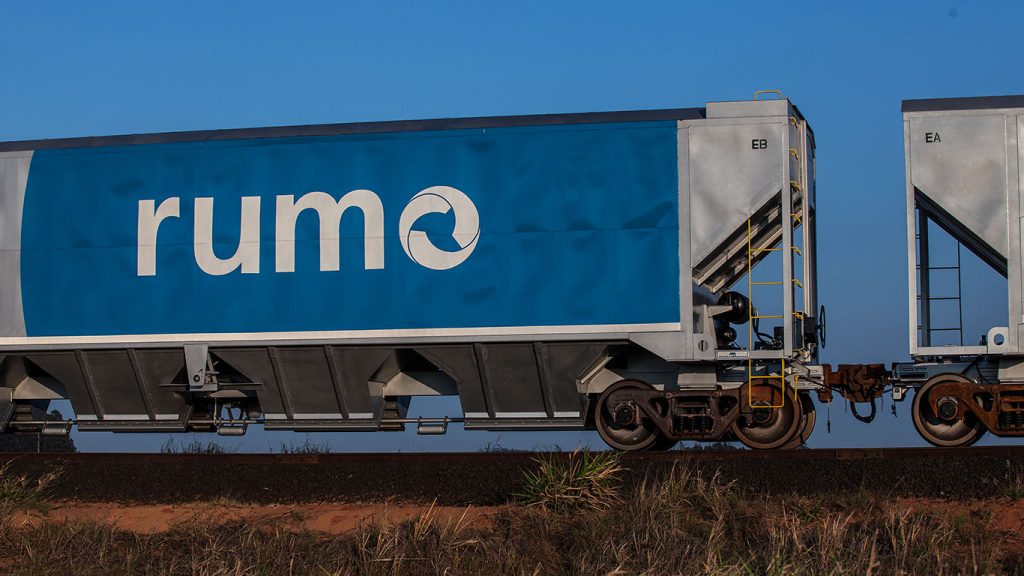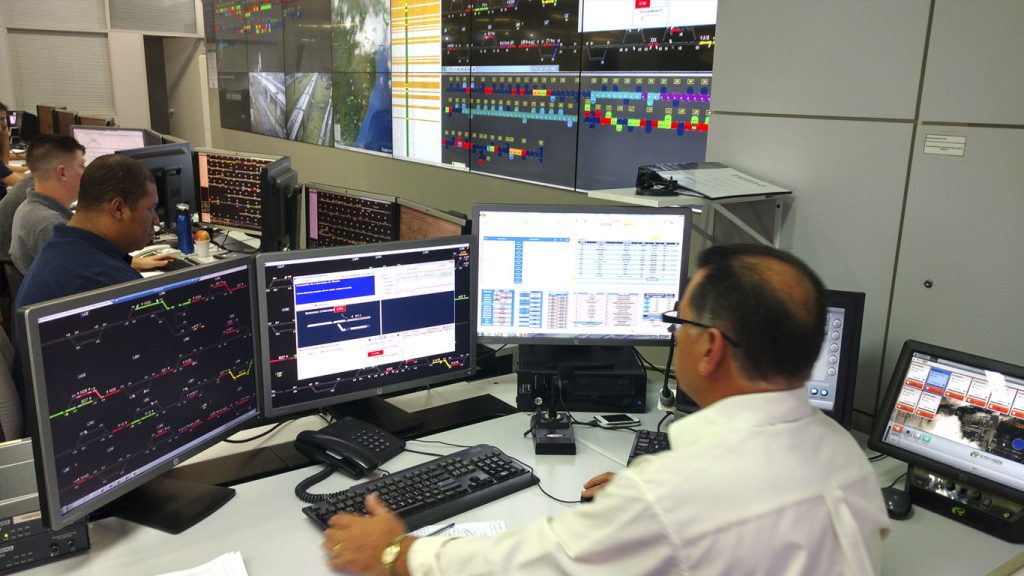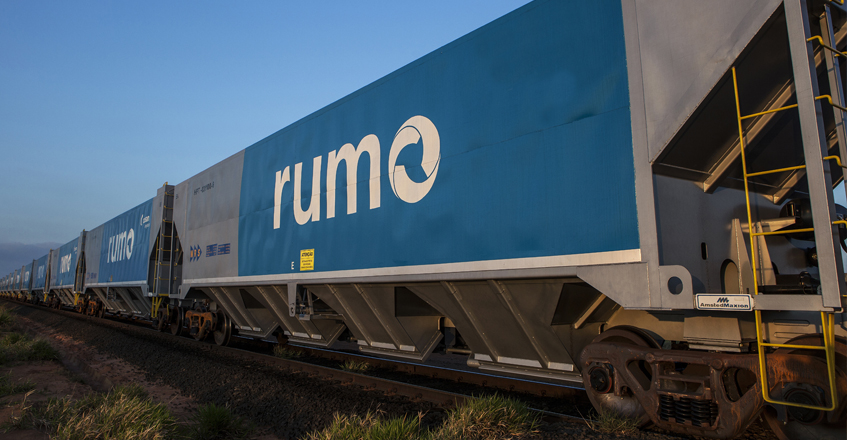Rumo Logística Implements New TXROIP Dispatch Console System from Remotatec
THE COMPANY
Rumo Logística, the largest rail transportation company in Brazil, comprising 12,000 km of railroads, 1,000 locomotives, 27,000 wagons and 13,300 employees, has made an investment to modernize its radio communication management and dispatch system. Communication, previously analog, is now digital between repeater sites and the data server, over the TCP/IP network, resulting in a considerable improvement and security of communications and data passing over the network. In addition, communications and server logs can be audited through a simple and efficient search filter.

THE CHALLENGE
The old system included a totally analog radio network with old and obsolete interfaces, which made maintenance and operation of the system itself difficult. The change to a new IP solution, technically more advanced, was a matter of guaranteeing the control, management, and integration of the railroad to avoid accidents and losses in the operation. Another necessity was to integrate the information to the client's Oracle database and produce reports dedicated to the operation mode with exclusive filters for audits.

THE SOLUTION
The system was implemented at the client with Remotatec TXROIP Dispatch Consoles, integrating the railway sites. The client's system is divided into two different grids: the south grid and the north grid; independent systems, but controlled by the CCO (Operational Control Center) located in Curitiba-PR. The south grid project was designed in two stages, with the first phase using gateways to connect the stations to the controller servers at the CCO. In the second phase, repeaters will be connected via IP directly to the controller servers. The north grid, in its original design, already includes direct connection between the repeaters at its sites and the controller servers. Another key point of the solution was the integration of the railway derailment alarm system. In the first implementation phase, the derailment alarm is decoded through the MDC1200 protocol in analog mode or emergency protocol in digital mode, to be displayed on the console for the operator to take action. This record is stored on the HUB server for future auditing by system managers. Along the south grid, 125 derailment alarms were installed, identified by ID, coordinates, distance, km, and location, allowing the dispatcher at the CCO to view the map on the TXROIP Dispatch Console. The available features on the TXROIP Dispatch Console for the NXDN digital radio system include: group call, individual call, emergency call, stun/revive, text messaging, and radio check. In addition to the system installed at the CCO, a DR – Disaster Recovery – was built, which consists of a set of consoles and servers as a redundant structure to maintain the system’s operation. Reports tailored to the client's operational model were customized in the management software, including the availability of data and event logs in the Oracle database, to quickly identify any incidents and execute actions promptly and effectively.

THE BENEFITS
Traffic controllers, dispatchers, mechanics, and maintenance teams are the key agents in any operation and rely on the security and reliability that their communications will be properly received, processed, and stored through a device that integrates, controls, and streamlines operations. The increase in operational safety has been significant, as in addition to the recording of audio, events, emergencies, and registered IDs on the server, the TXROIP Dispatch Console provides a list of the last 100 recordings for quick reference by traffic controllers, in case the message was not fully understood during the first contact. The system's modernization has reduced corrective maintenance events, consequently generating savings due to the decrease in service downtime.
